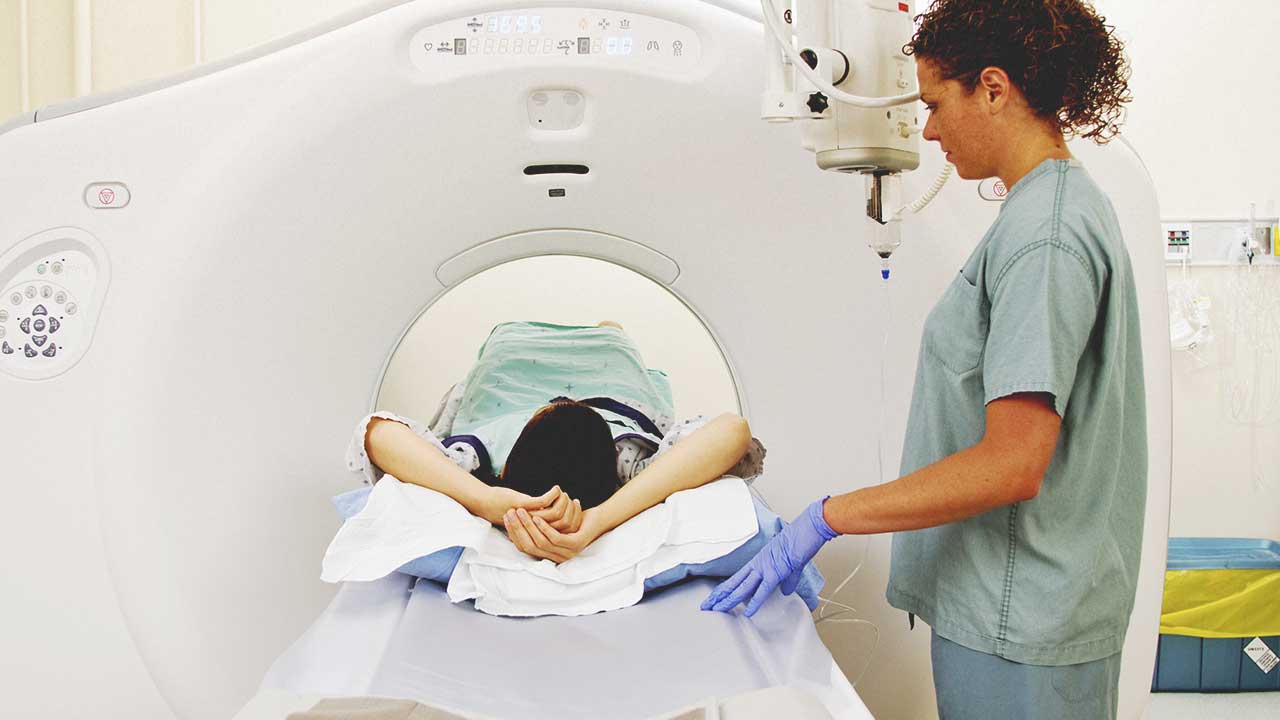
Ankylosing spondylitis: overview
If you’ve received a diagnosis of ankylosing spondylitis (AS), you may be wondering what that means. AS is a type of arthritis that usually affects the spine, causing inflammation between the vertebrae and joints in the pelvis. It’s a chronic disease that can’t be cured, but it can be managed with medication and, in rare instances, surgery.
Typical symptoms
Although AS affects people in different ways, certain symptoms are usually associated with it. These include:
- pain or stiffness in your lower back and buttocks
- gradual onset of symptoms, sometimes starting on one side
- pain that improves with exercise and worsens with rest
- fatigue and overall discomfort
Associated conditions
A number of less common conditions are associated with AS. Not everyone with AS will experience all of these.
Eye problems
Inflammation of one or both eyes is called iritis or uveitis. The result is usually red, painful, swollen eyes and blurred vision.
Breathing problems
Inflammation may spread to the joints and cartilage in your ribcage. Over time, the bones in your rib cage may fuse, making it difficult or painful to breathe.
Pain
In addition to pain in your lower back and buttocks, you may experience pain and stiffness in your neck, hips, shoulders, and back of your heel. In rare cases, your knees, elbows, fingers, and toes also may be affected.
Stomach and bowel problems
People with AS can experience inflammation of the gastrointestinal tract and bowels either before the onset of joint symptoms or during the expression of this disease. This can result in stomach pain, diarrhea, and digestive problems. In some cases, ulcerative colitis or Crohn’s disease may develop.
Difficulty eating
Inflammation in the areas where your jawbones meet can cause serious pain and difficulty opening and closing your mouth. This could lead to problems with eating and drinking.
Possible complications
AS is a chronic, debilitating disease. This means it can get progressively worse. Serious complications can arise over time, especially if the disease is left untreated.
Fused spine
New bone can form between your vertebrae as the joints become damaged and then heal. This can cause your spine to fuse, making it more difficult to bend and twist. The fused spine will also begin to curve forward, resulting in a stooped posture. This fusing is called ankylosis.
Fractures
People with AS may also experience thinning bones, which can lead to compression fractures. This is most common along the spine. In some cases, the spinal cord may become damaged.
Heart problems
Inflammation can sometimes spread to the aorta, the biggest artery in your body. This can prevent the aorta from functioning normally, leading to heart problems.
Neurological symptoms
Neurological problems can develop in people who have had AS for a very long time. This is due to cauda equina syndrome, which is caused by long-term scarring of the nerves at the base of the spine. Serious complications can arise, including:
- incontinence
- sexual problems
- urine retention
- leg pain
- weakness
Quiz: Test your knowlegde on ankylosing spondylitis
Read more in Ankylosing Spondylitis ResourcesAnkylosing spondylitis. (n.d.). Retrieved from http://www.nlm.nih.gov/medlineplus/ankylosingspondylitis.html
Ankylosing spondylitis symptoms (n.d.). Retrieved from http://www.arthritis.org/about-arthritis/types/ankylosing-spondylitis/symptoms.php
Mayo Clinic Staff. (2016, November 1). Ankylosing spondylitis: Symptoms and causes. Retrieved from http://www.mayoclinic.org/diseases-conditions/ankylosing-spondylitis/symptoms-causes/dxc-20261125
What is ankylosing spondylitis? (2014, November). Retrieved from http://www.niams.nih.gov/Health_Info/Ankylosing_Spondylitis/ankylosing_spondylitis_ff.asp



